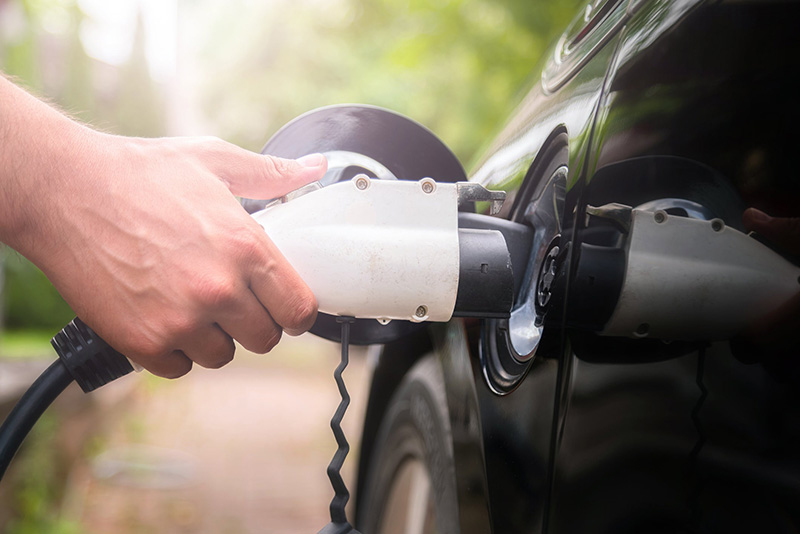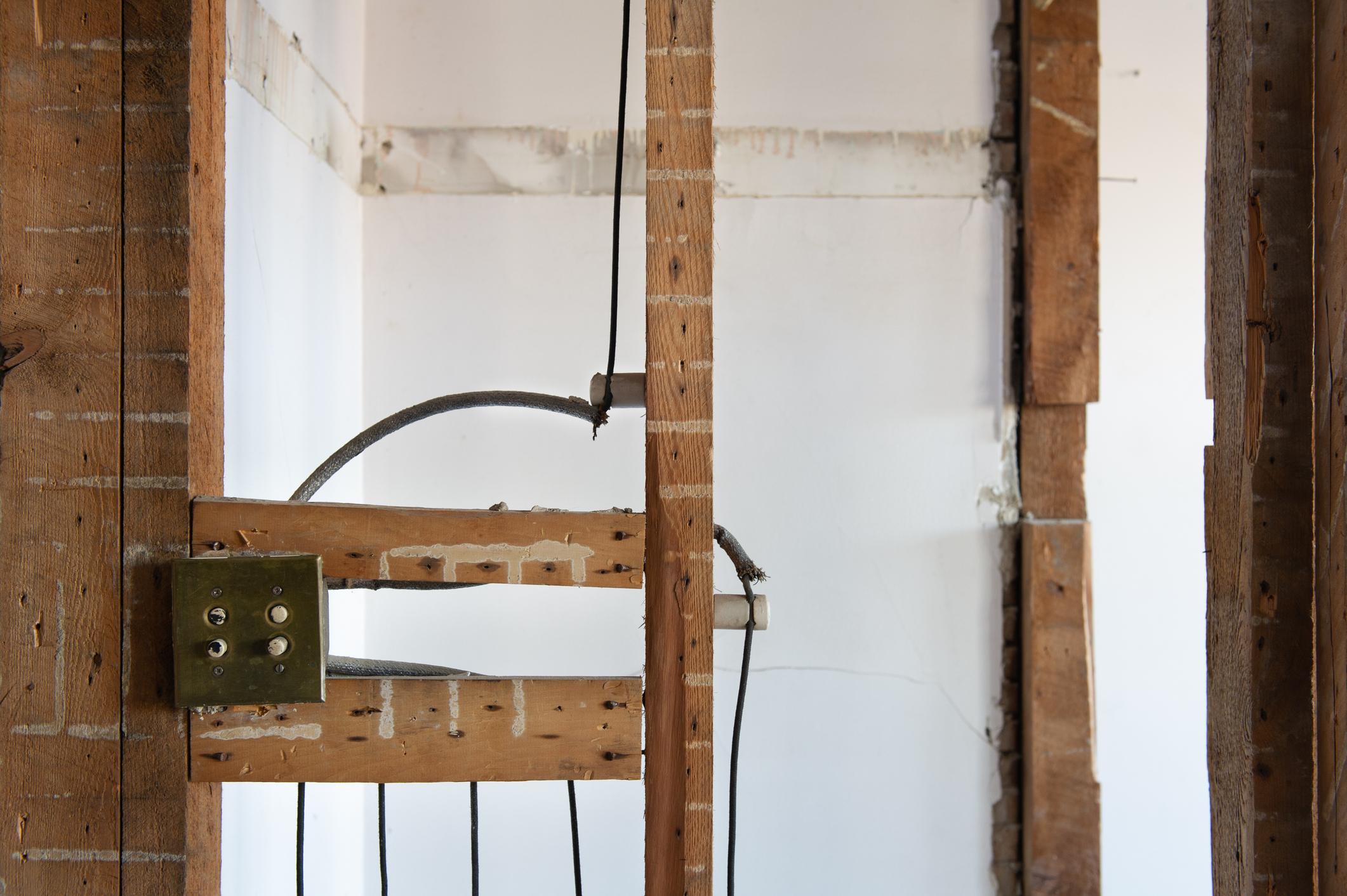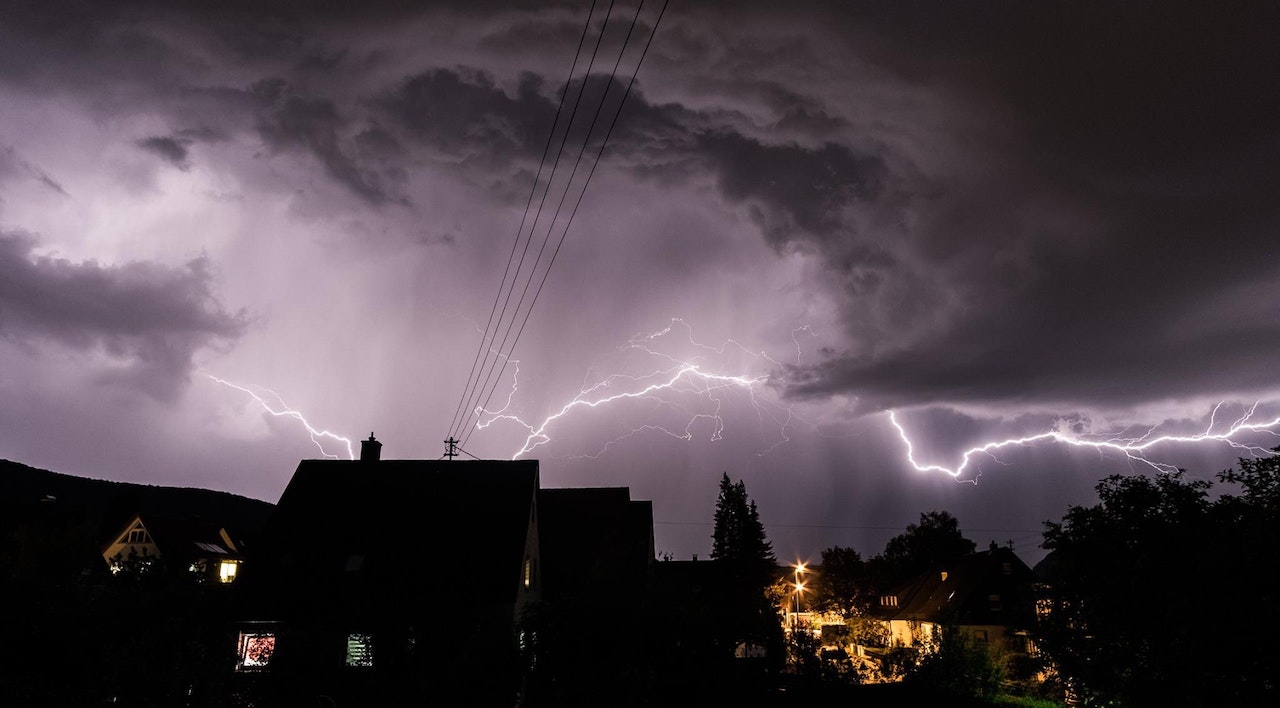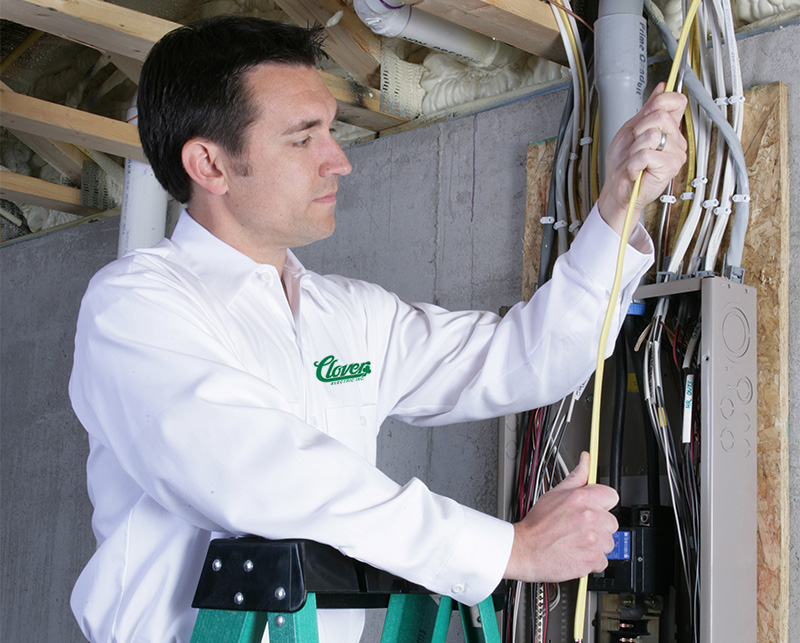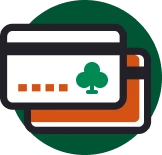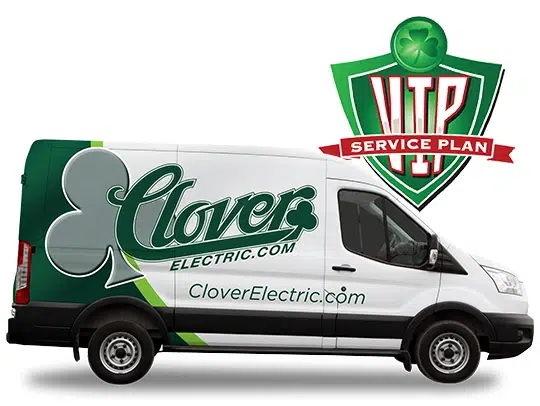Having the ability to charge your electric car from your own home is a great convenience. While EV chargers are simple and safe devices to use, it’s important that your charger is properly installed and setup to prevent electrical shock and overloading your home’s electrical system.
By following the tips below from the Electrical Safety Foundation International (ESFI) you can ensure your family and property are safe from electrical hazards while EV charging at home.
Home Charging With Electric Vehicle Supply Equipment (EVSE)
An EVSE is the device that supplies electricity to recharge your electric vehicles or plug-in gas-electric hybrid vehicle. Before using your charger, check that the equipment is listed by a Nationally Recognized Testing Laboratory (NTRL). NSF International is one of the testing laboratories.
Have a qualified electrician inspect your home to ensure your electrical system can handle charging. Clover Electric can install any necessary upgrades such as GFCI outlets and dedicated circuits. Electric vehicles have high voltage batteries so it’s essential that all maintenance be completed by a manufacturer approved facility. Avoid contact with high-voltage orange cables Ensure both the charger and charging cord do not have damage before use.
Level 1 EVSE Charging
Level 1 charging is performed through a standard household electrical outlet. You can expect around 2-5 miles of range for every hour of charging.
- Ensure your charger or receptacle has GFCI protection to prevent accidental shocks and electrocution
- Ensure you are using a dedicated circuit to charge your vehicle. The circuit should only be used to power the EVSE.
- Use the charging cord provided by the vehicle manufacturer.
Level 2 EVSE Charging
Level 2 charging is provided by specialized 240v charging equipment. You can expect 10 – 60 miles of range per hour of charging.
- Level 2 EVSE equipment must be installed by a qualified electrician
- Your home may require an electrical service upgrade to install
- Only use outdoor-rated charging stations outdoors
- Ensure the charging station cannot come in contact with the electrical vehicle
- Keep the charging cable off the floor to avoid tripping hazards and protect the cord from damage
Level 3 EVSE Charging
Level 3 EVSE is the fastest charging option. They are used by commercially operated charging facilities and are not available for residential installation.

